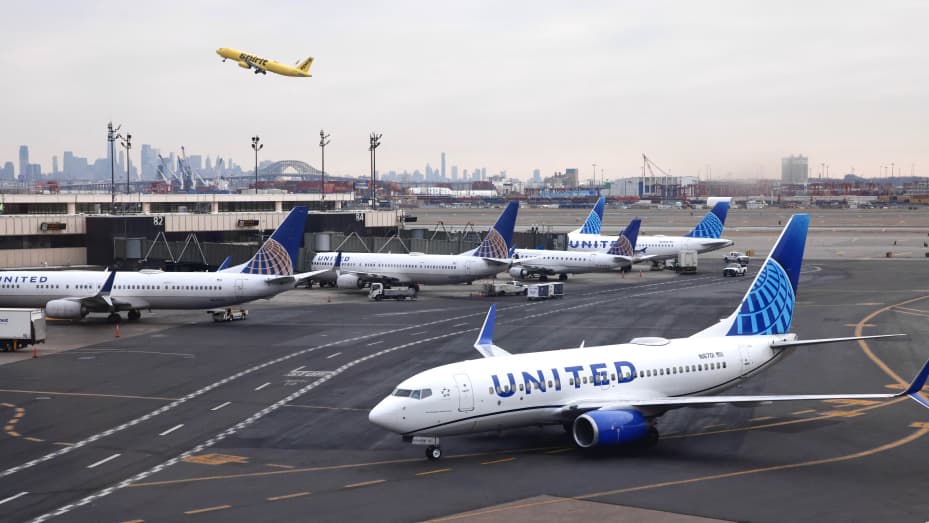Are bigger jets the answer for congested airports and airline rising costs?

To address congested airports, increased costs, a pilot shortage, and high demand, airlines are turning to larger planes to fit more passengers on board.
According to aviation data firm Cirium, the 11 largest U.S. airlines had an average of over 153 seats on domestic flights in 2020, compared to almost 141 seats in 2017. This “upgauging” strategy enables airlines to sell more seats on each flight, resulting in fewer planes required, which are in short supply. However, it also means fewer flight options for travelers.
For example, United Airlines stated that it now has 20 more seats per departure in its full network than in 2019. United’s Vice President of Airport Operations at Newark Liberty International Airport, Rodney Cox, explained that upgauging is necessary to grow the business, especially since increasing the number of flights is difficult, given airport congestion.
United recently assigned 777s, the largest planes in its fleet with 364 seats, to fly between major hubs and Orlando during spring break. However, Cox warned that not every gate can accommodate a wide-body airplane, limiting the number of flights that can be upgauged, especially with the largest planes.
As airlines face a resurgence in travel demand, a shortage of pilots, rising costs and congested airports, they are turning to larger planes to fit more passengers. This trend, known as “upgauging,” has allowed airlines to sell more seats on each flight and make do with fewer planes. However, this means fewer flight options for consumers.
The trend has become increasingly important during what airline executives expect to be a busy spring and summer with shortages of pilots, air traffic controllers and new aircraft.
For instance, United Airlines has upgauged flights at Newark Liberty International Airport, which is one of the nation’s most congested airports. Airlines and federal officials have agreed to trim flights to avoid disruptions this summer, such as flight cuts and schedule delays in busy airports serving New York and Washington, D.C. Some airlines, like JetBlue Airways, have been challenged to switch to larger planes as they operate all narrow-body jets.
United and other network carriers are shifting from regional feeder airlines to mainline planes in order to increase passengers per plane. Delta, for example, said that 70% of its domestic flights this year are being operated by the mainline airline, up from 55% in 2019, with seats per departure up 15 from 2019.
The airline has also switched from regional jets to mainline planes like Airbus A320s and Boeing 737s on traditional business routes. Meanwhile, some major airlines have stopped servicing small airports because of the shortage of pilots at regional airlines, a move that could impact departure options for travelers and limit service to certain communities.
